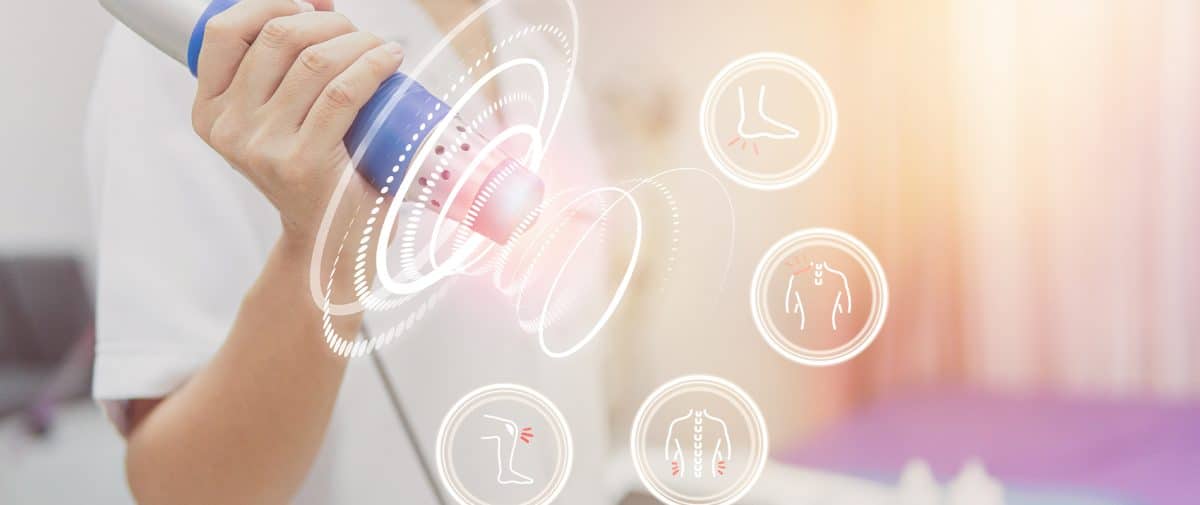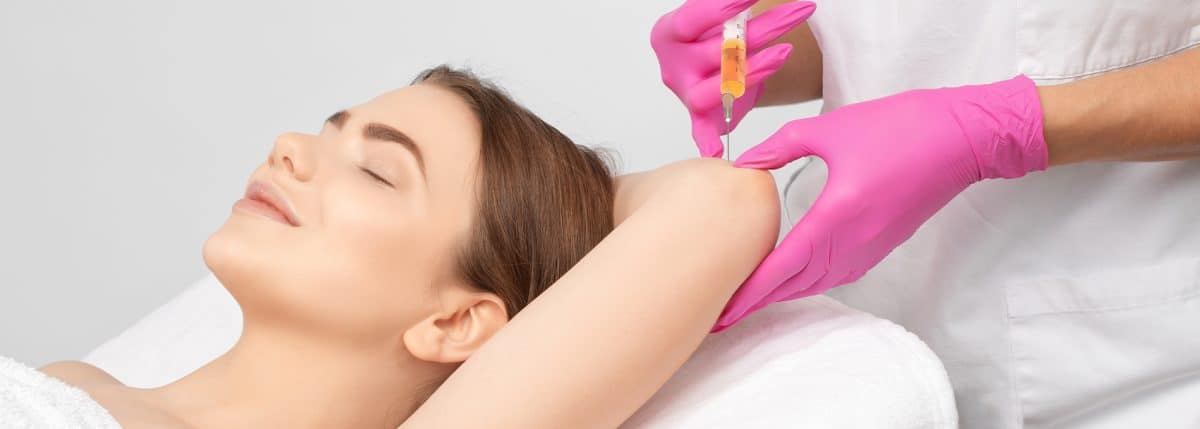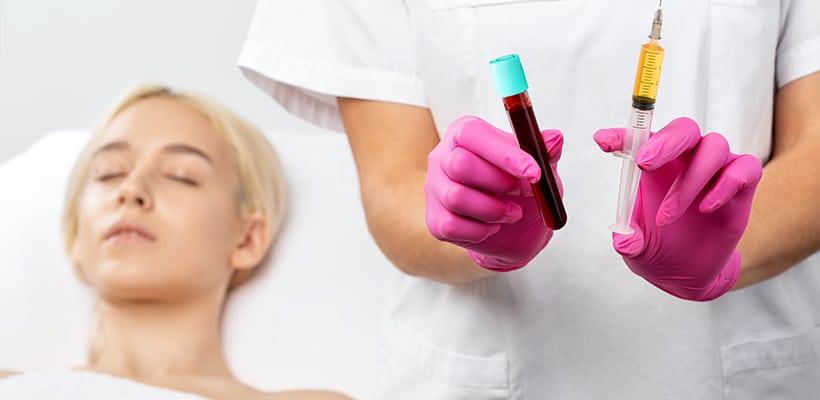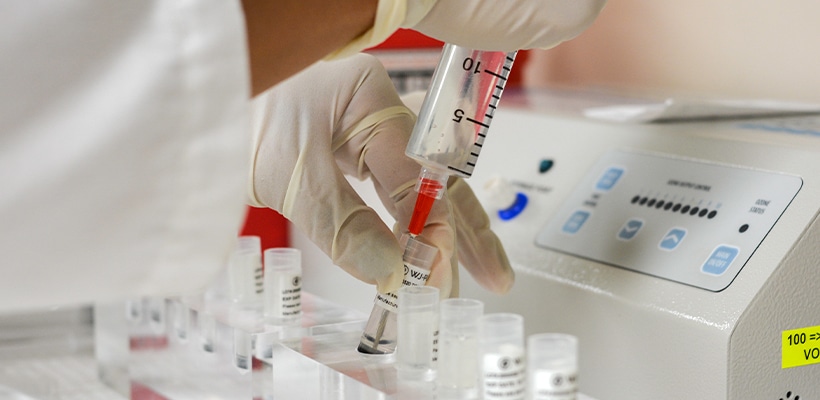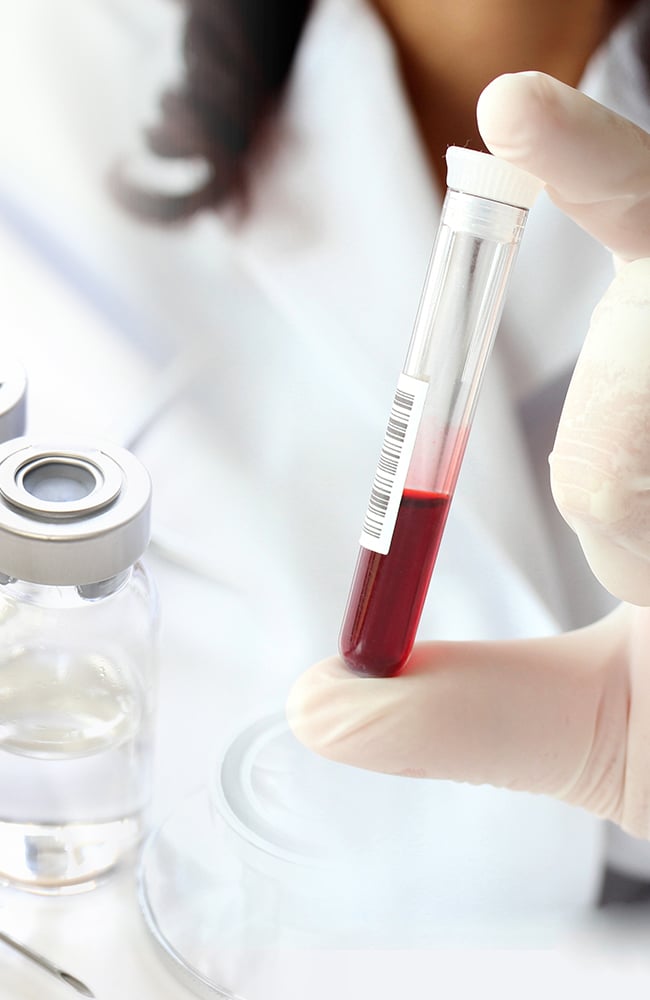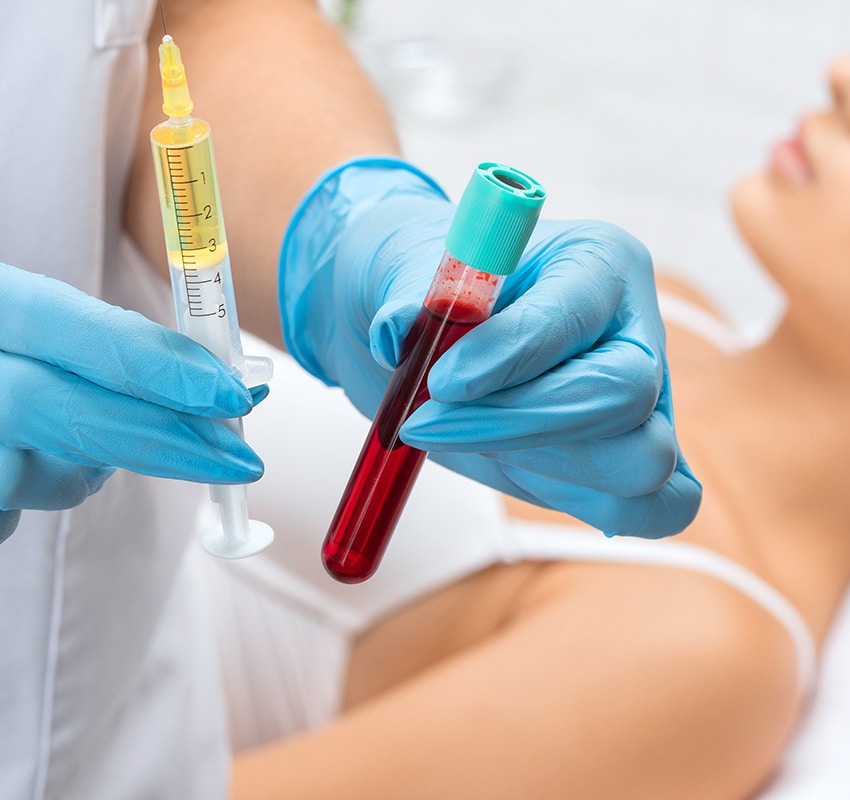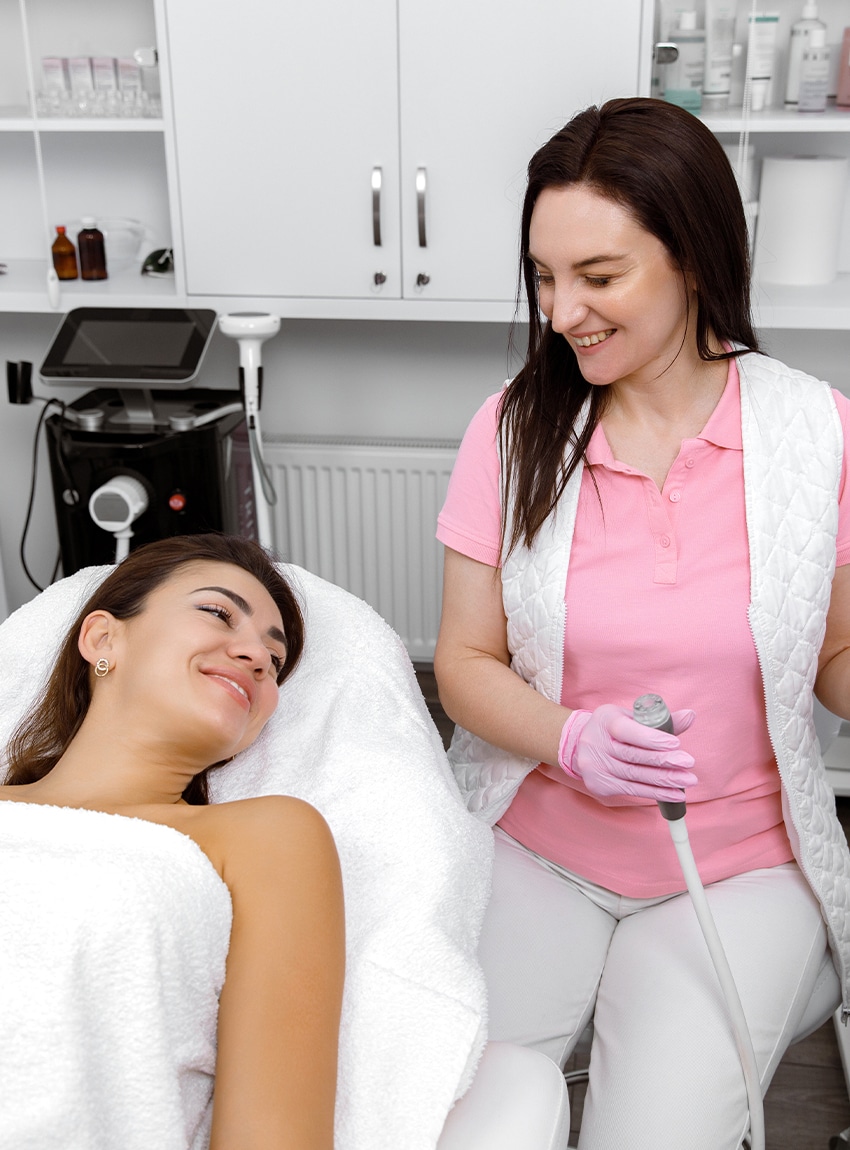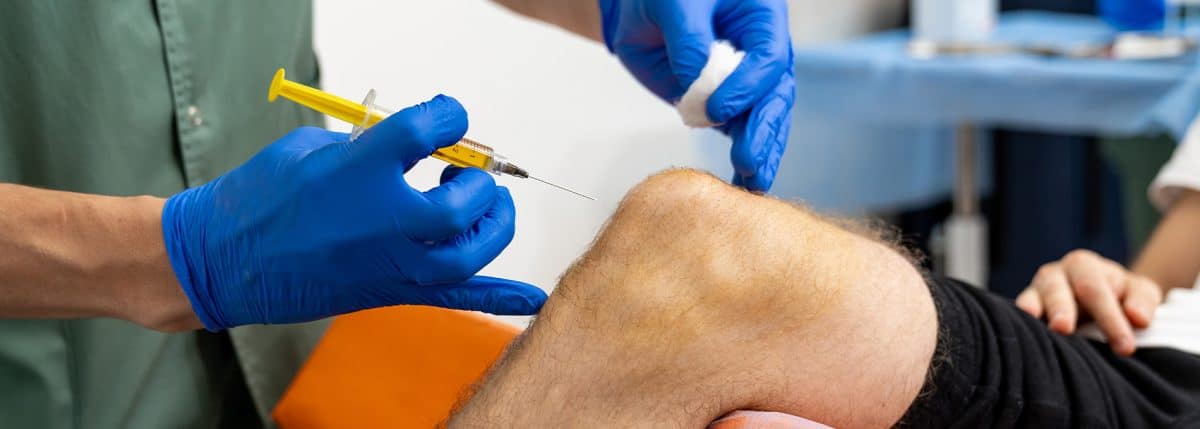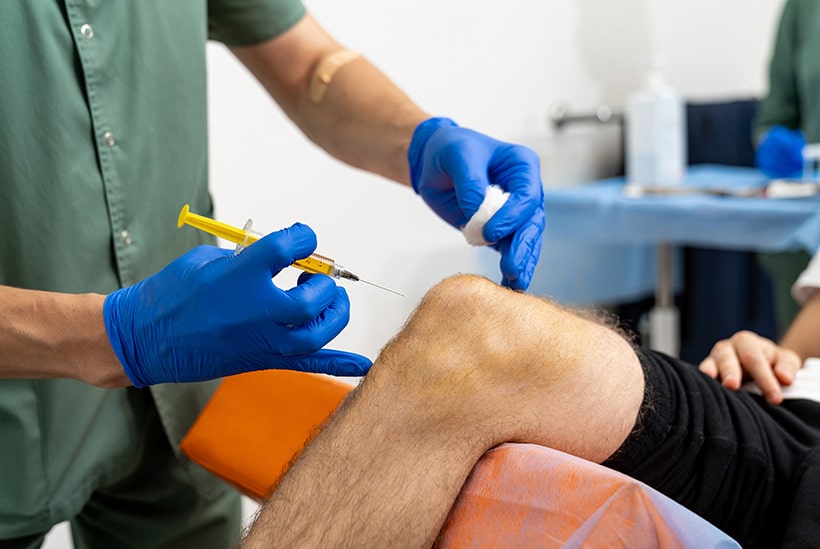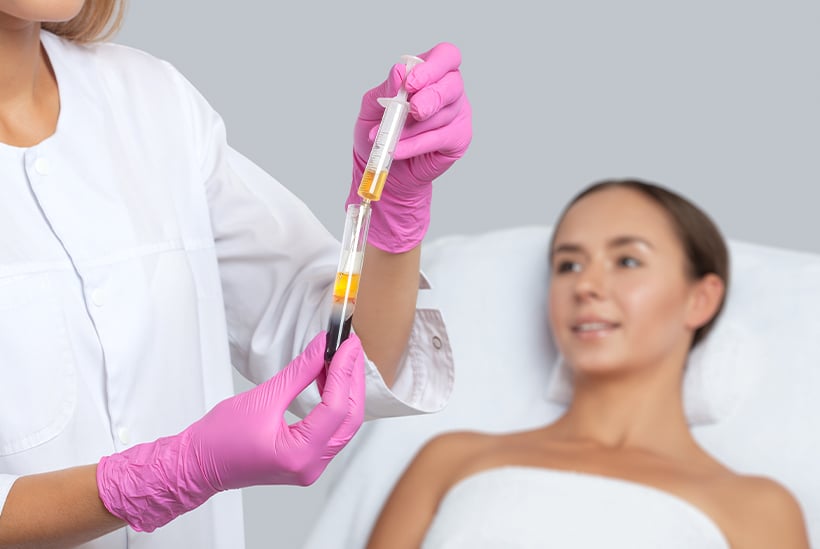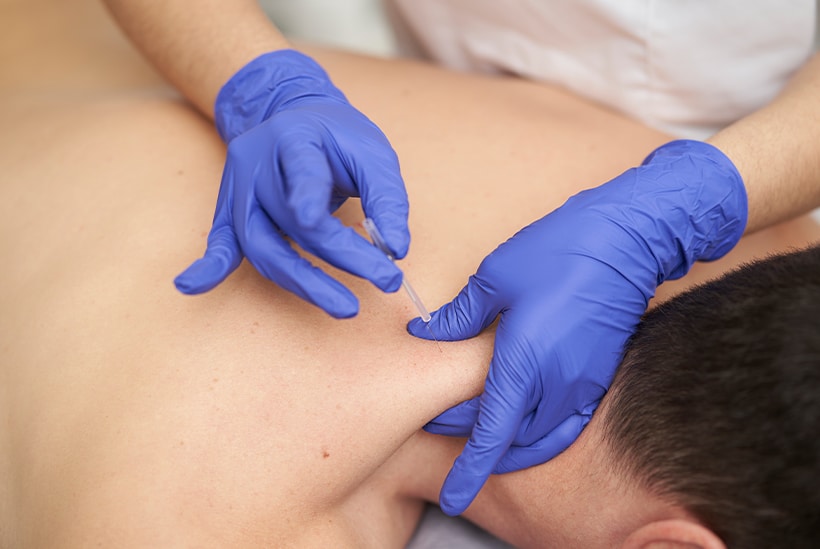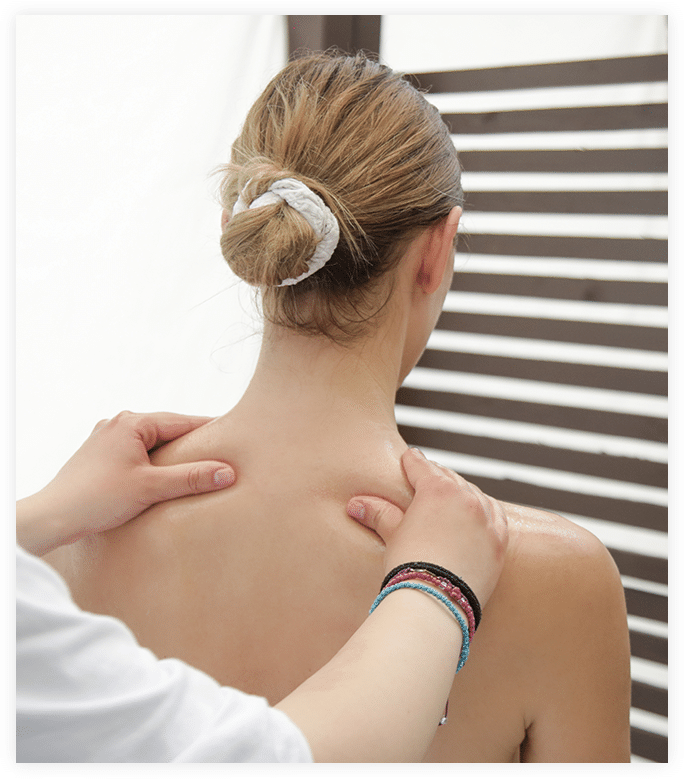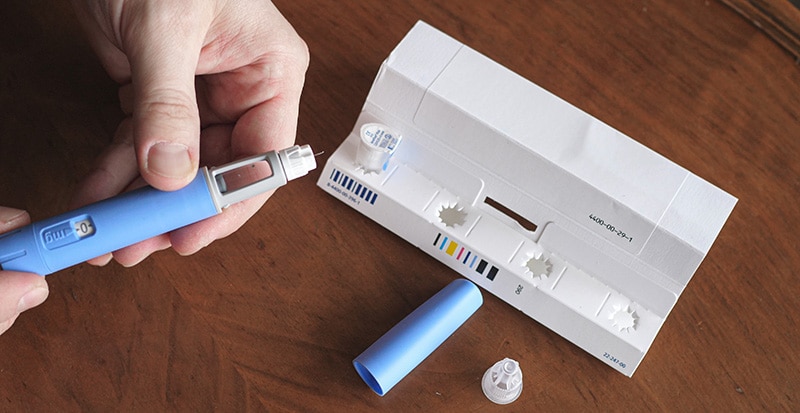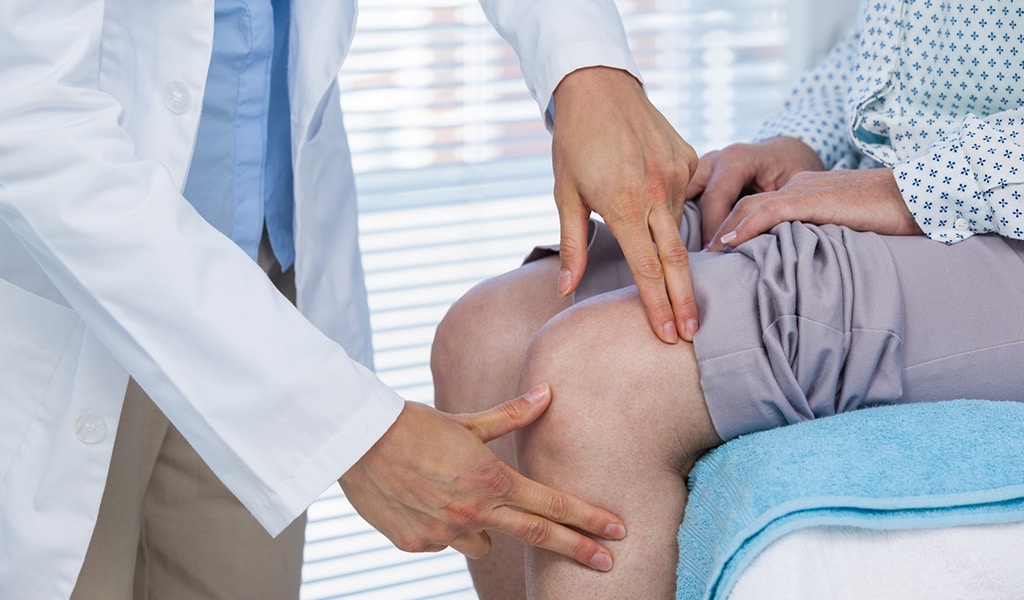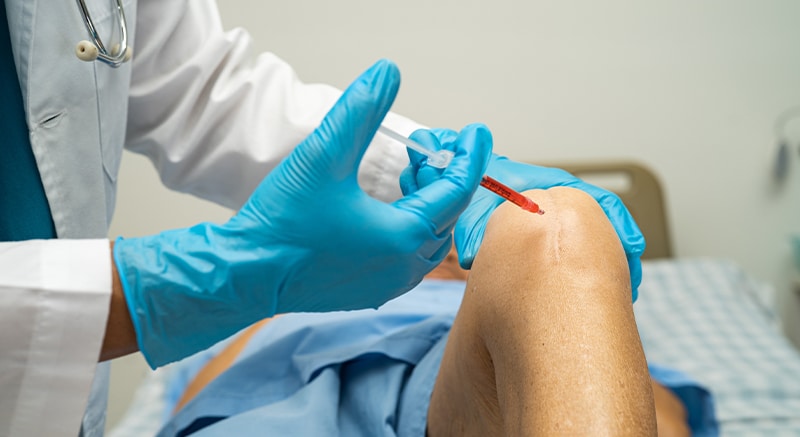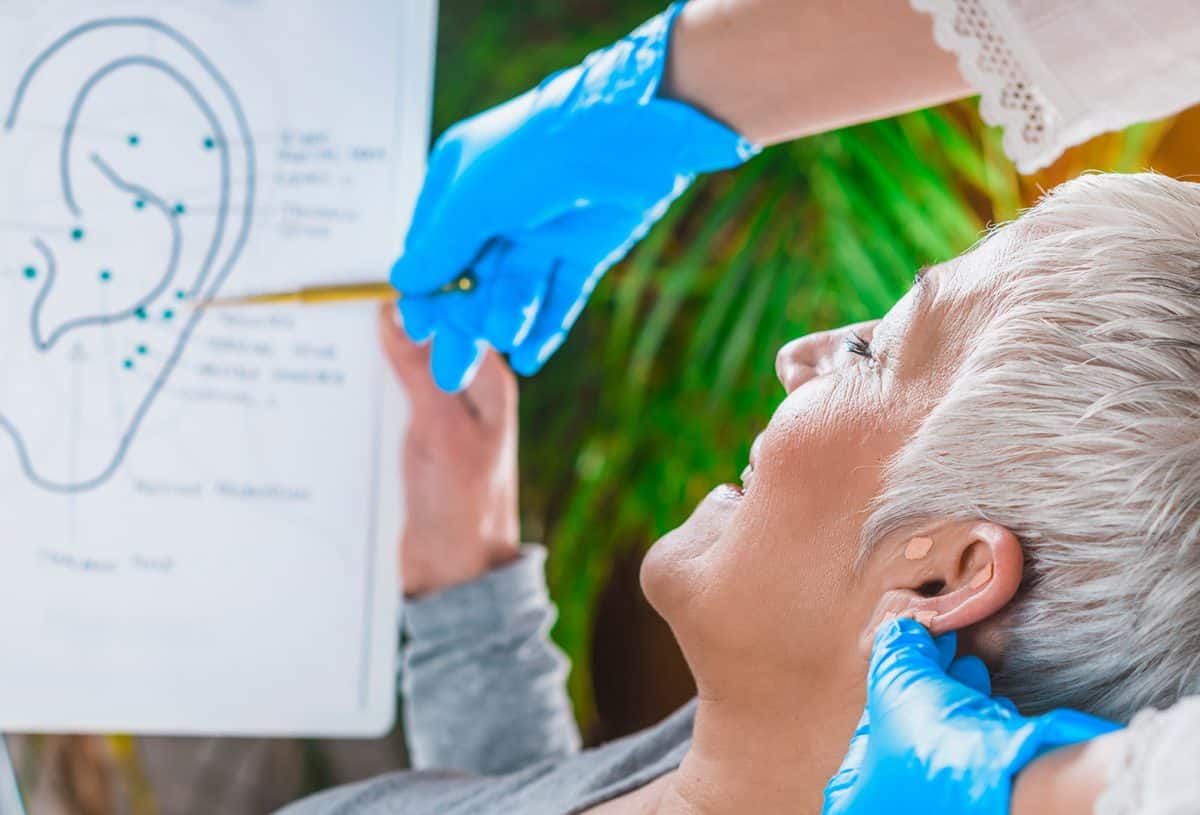Chronic pain can be incredibly disruptive, affecting every aspect of your life and well-being. At Denville Medical, we understand the debilitating impact of chronic pain and are dedicated to providing innovative solutions to help you regain your quality of life. One such solution we offer is Shock Wave Therapy, also known as Extracorporeal Pulse Activation Technology (EPAT). In this blog, we will explore what Shock Wave Therapy is and how it can help treat chronic pain in various parts of the body, offering a non-invasive and effective approach to pain management.
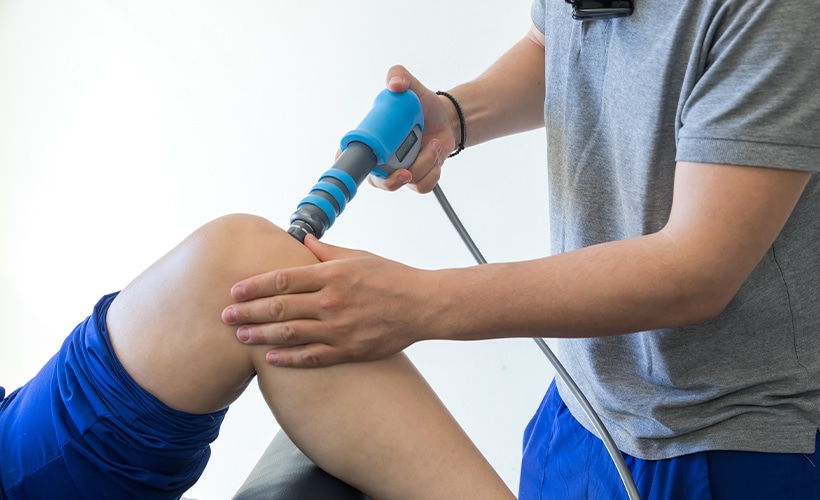
Understanding Shock Wave Therapy (EPAT)
Shock Wave Therapy, or EPAT, is a cutting-edge non-surgical treatment modality used to alleviate chronic pain in various parts of the body. It works by delivering high-energy acoustic waves to the affected area, stimulating the body’s natural healing processes and promoting tissue regeneration. EPAT is a safe, FDA-approved treatment that can be customized to address the specific needs of each patient.
How Shock Wave Therapy Works
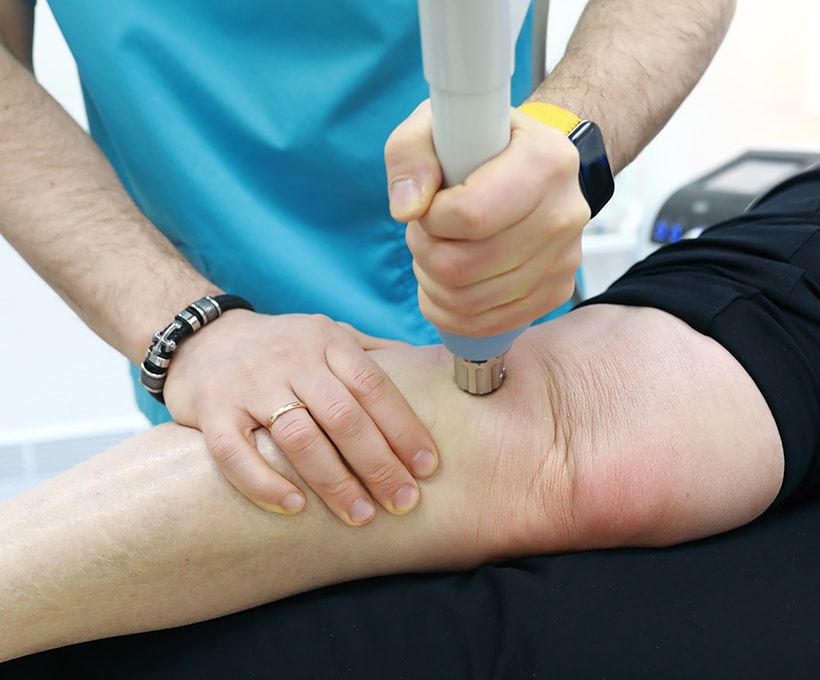
Acoustic Waves:
The treatment involves the use of acoustic waves, which are high-energy sound waves that travel through the body and target the site of pain or injury.
Cellular Response:
When these acoustic waves reach the affected area, they trigger a cascade of cellular responses, including increased blood flow, neovascularization (the formation of new blood vessels), and the release of growth factors.
Tissue Regeneration:
These responses help promote the repair and regeneration of damaged tissues, reduce inflammation, and relieve pain.
Treatment Areas and Benefits of Shock Wave Therapy
Shock Wave Therapy (EPAT) can be effectively used to treat chronic pain in various parts of the body, offering significant benefits for each area:
Musculoskeletal Pain:
Chronic muscle and tendon pain, such as in the shoulder, elbow, and wrist.
EPAT is beneficial for promoting the healing of tendinopathies and muscle injuries.
Patients experience reduced pain, improved mobility, and a faster return to normal activities.
Lower Back Pain:
Chronic lower back pain, often associated with lumbar muscle spasms and inflammation.
EPAT can alleviate pain, reduce muscle spasms, and improve the function of the lumbar spine.
It offers a non-invasive alternative to surgery or steroid injections.
Knee Pain:
Chronic knee pain, frequently linked to conditions like patellar tendinopathy or osteoarthritis.
EPAT supports the healing of knee tissues and promotes pain relief.
Patients can experience improved knee function and mobility.
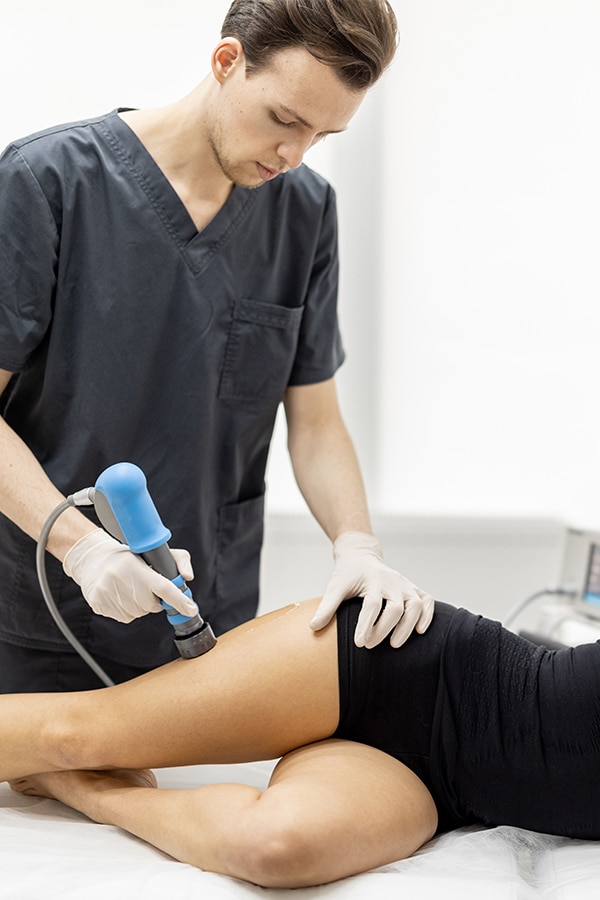
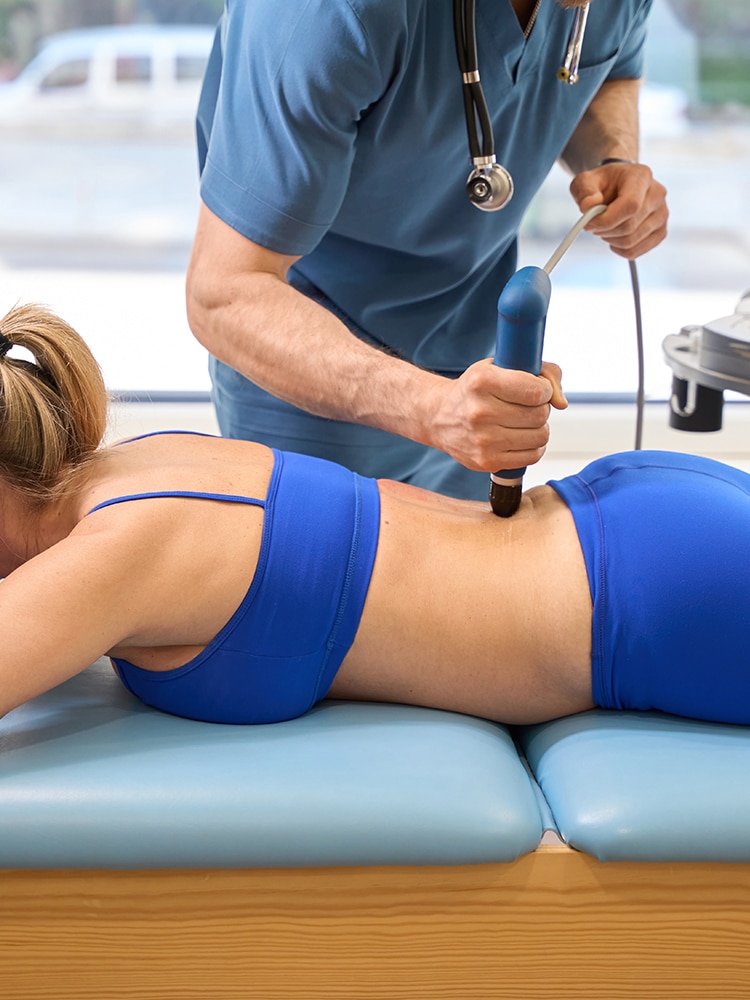
Heel Pain:
Chronic heel pain conditions such as plantar fasciitis.
EPAT targets the affected tissue in the heel, stimulating healing and reducing inflammation.
Patients often achieve pain relief and enhanced walking comfort.
Foot and Ankle Pain:
Chronic pain in the foot or ankle due to conditions like Achilles tendinopathy.
EPAT is an effective non-surgical option for promoting healing and relieving pain.
Patients experience reduced discomfort and improved mobility.
Hip Pain:
Chronic hip pain, often associated with conditions like trochanteric bursitis.
EPAT can help alleviate pain, reduce inflammation, and improve hip function.
Patients can return to their daily activities with reduced discomfort.
Why Shock Wave Therapy Stands Out
Shock Wave Therapy (EPAT) offers several advantages as a treatment option for chronic pain:

Non-Invasive: It is a non-surgical and non-pharmacological approach, minimizing the risks and side effects associated with invasive procedures or medications.
Customizable: EPAT can be tailored to address the specific needs of each patient, ensuring the most effective and personalized treatment.
Rapid Recovery: Patients often experience a faster recovery compared to surgical interventions, allowing them to return to their daily activities more quickly.
Pain Reduction: EPAT actively targets the source of chronic pain, offering significant relief and improving quality of life.
Minimizes Downtime: Most patients can resume their daily activities immediately after the treatment, with no need for prolonged recovery periods.
Conclusion
Chronic pain can significantly impact your life and well-being, but there is hope for effective pain management and relief. Shock Wave Therapy, or EPAT, offered at Denville Medical, provides a non-invasive and customizable approach to treat chronic pain in various parts of the body. Whether you’re suffering from musculoskeletal pain, lower back pain, knee pain, heel pain, foot and ankle pain, or hip pain, EPAT can offer you significant relief, reduce inflammation, and promote tissue regeneration.
If you’re experiencing chronic pain and seeking an alternative to invasive procedures or medications, reach out to our experienced medical team at Denville Medical. We are here to provide you with the personalized care and innovative treatments you need to break free from chronic pain and regain your quality of life. Don’t let pain hold you back—discover the benefits of Shock Wave Therapy (EPAT) today.


